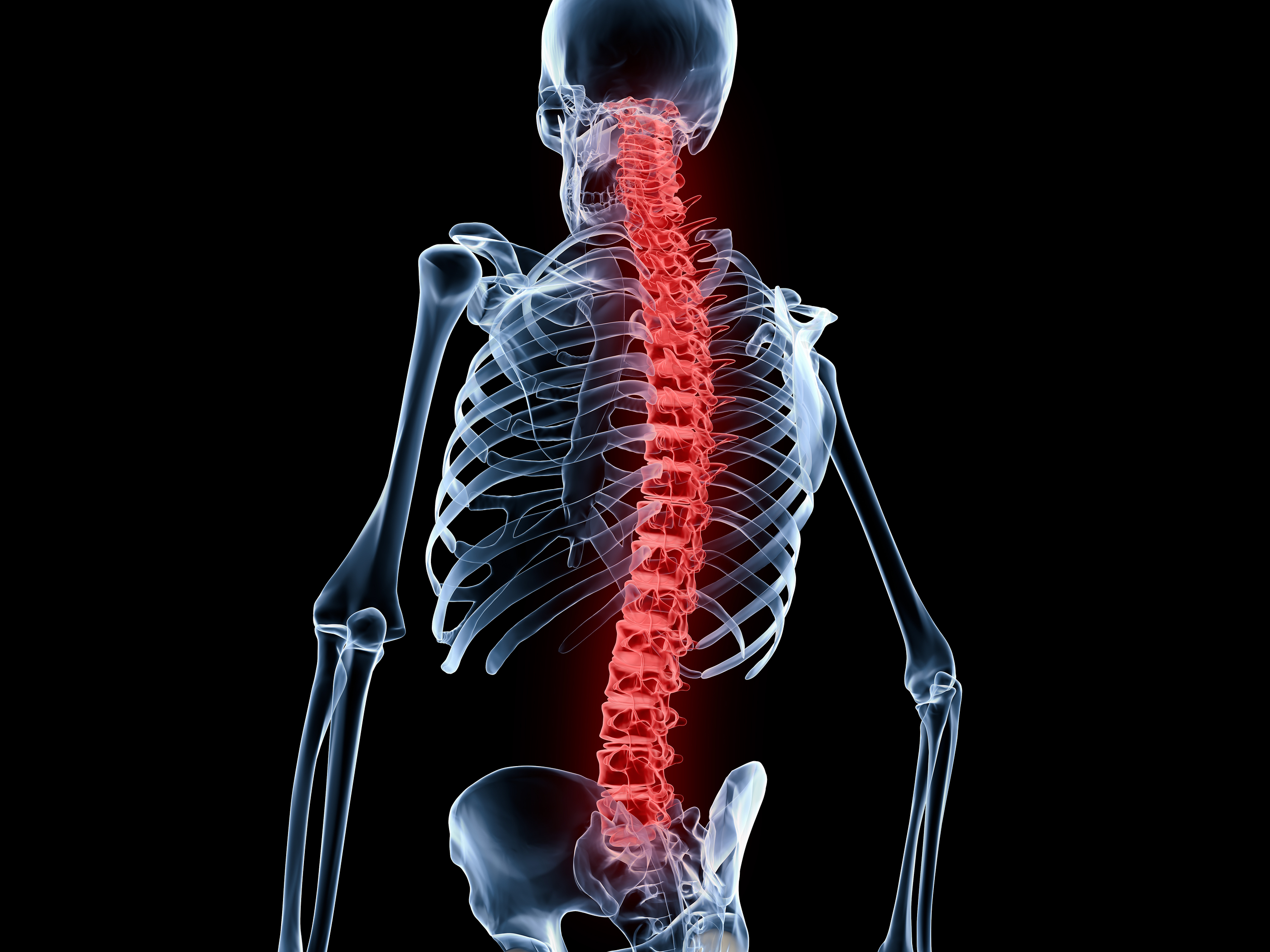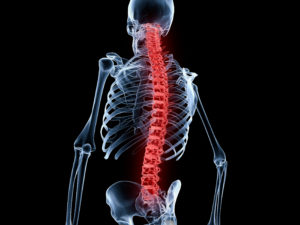Spinal Cord Injuries: How They Happen and How to Heal
The spine is one of the human body’s most important structures. The vertebrae serve as a major support for the body’s bones and muscles, and they protect the delicate spinal cord. This bundle of nerves transmits impulses from the brain to the rest of the body, and vice versa.
While the spine is a strong, resilient structure, accidents and injuries can damage it. Damage to the spinal cord can have serious effects on a person’s quality of life, and unfortunately, a patient may never fully recover. Read on to learn about the most common types of spinal injuries, symptoms of injury, and how medical professionals treat the damage.
Common Spinal Cord Injuries
The spinal cord stretches from the brainstem at the very base of the skull, to the tailbone. Injury may occur at any point along the spine.
Because of how the spinal cord functions, the site of an injury determines the extent of the damage. For instance, if a patient suffers a severe injury to the cervical spinal cord (in the neck), they can expect to suffer effects from the neck down. An injury lower down would only affect the lower portions of the body.
Additionally, not all spinal cord injuries are the same. Some injuries cut or damage only part of the spinal cord, whereas others sever it completely. If an injury only partially damages the spinal cord, the patient may retain some nervous system function.
Car accidents and slip-and-fall injuries are some of the most common causes of spinal injury. However, any accident that applies force to the vertebrae can damage the spinal column. Even if the spinal cord isn’t damaged during the accident itself, it may suffer injury after the accident if the surrounding vertebrae were damaged.
Symptoms of Spinal Cord Problems
Because the spinal cord is so long and transmits so many types of nerve impulses, damage to the spine can manifest in several ways. Common symptoms include:
- paralysis of some or all of the body (depending on the site of injury)
- difficulty with body functions, such as bowel or bladder control, breathing, or reflexive movements
- headaches
- chronic pain, especially muscle or nerve pain
- changes in mood or personality
- infertility or sexual dysfunction
- complications from these symptoms, including frequent infections, bedsores, and pneumonia
These symptoms may be severe enough to immediately and dramatically impact a person’s life, or they may be subtle enough that they may not be obvious. They may appear immediately after an accident, or they may appear in the days, weeks, months, or even years afterward. This is part of why a full, prompt medical assessment after an accident is so important.
Rehabilitating a Spinal Injury
To diagnose a spinal cord injury, doctors will typically administer tests like an X-ray, MRI, or CT scan. This allows the doctor to best understand the extent of the damage, and how to treat the injury.
Unfortunately, researchers are still working on ways to heal spinal cord injuries. For acute injuries, doctors may administer intravenous medications to control inflammation and improve the patient’s prognosis. Doctors may also immobilize the spine or put the patient in traction, to prevent further damage.
The patient may need an operation to remove fragments of bone, or to further stabilize the spine. Doctors will typically also prescribe physical therapy to help the patient regain some or all functions.
A spinal injury can have devastating effects. Although many symptoms may be irreversible, with compassionate care from the medical experts at Regional Medical Group, patients can make the most complete recovery possible.




Join the discussion One Comment